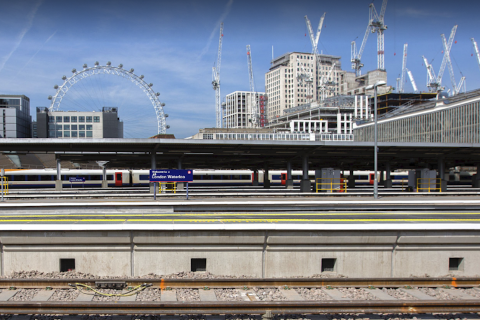Piccadilly Line on holiday in Europe as new trains take a test trip to Germany

While rumours have been swirling that the Piccadilly Line on the London Underground is getting an extension all the way to Berlin, RailTech is here to set the record straight. Sightings of the distinctive new units taking a quick European vacation have been verified, but the real reason for the Continental crossing is entirely on business. The Tube trains have broken cover for the very unleisurely requirement of extensive testing, prior to being released for service beneath the streets of the UK’s capital.
Want to read more?
You have read all of your free premium articles for this month. Please become a subscriber to keep reading.
Subscribe now!
Take advantage of our exclusive offer to get full access to all premium content.




